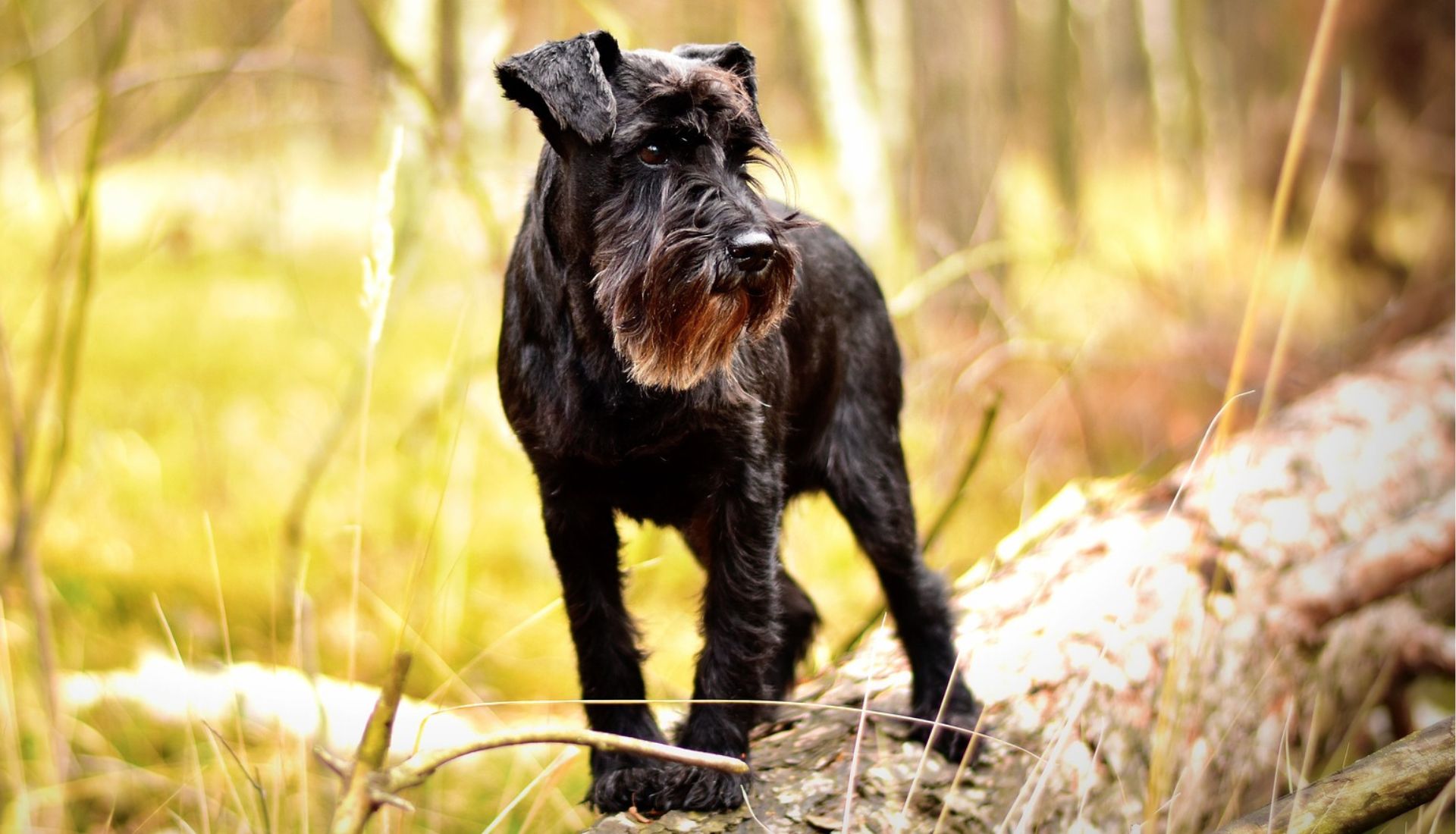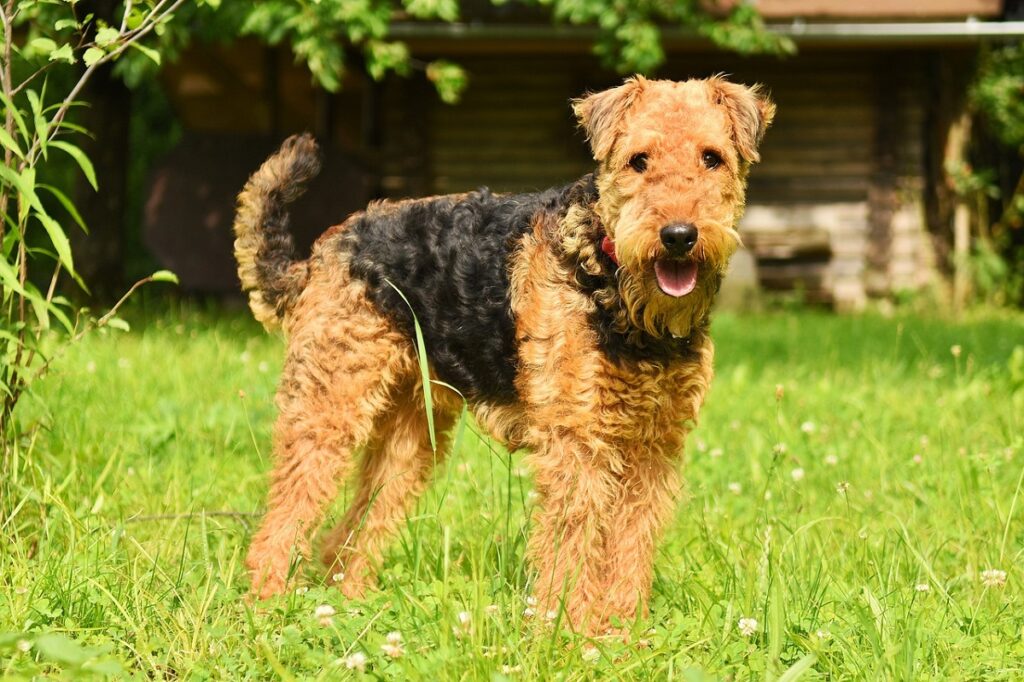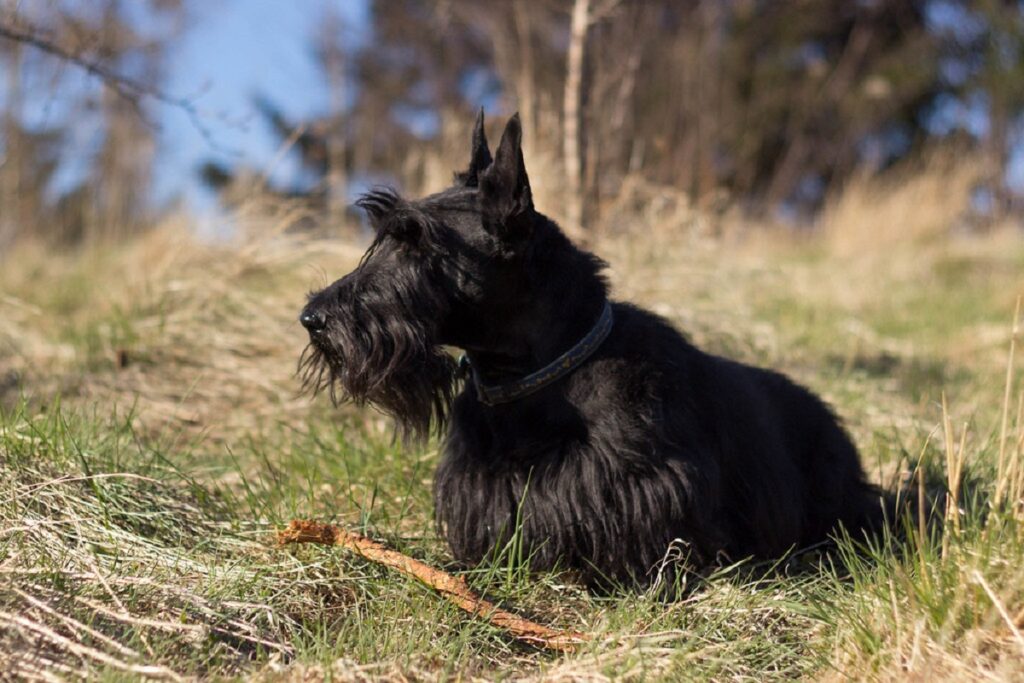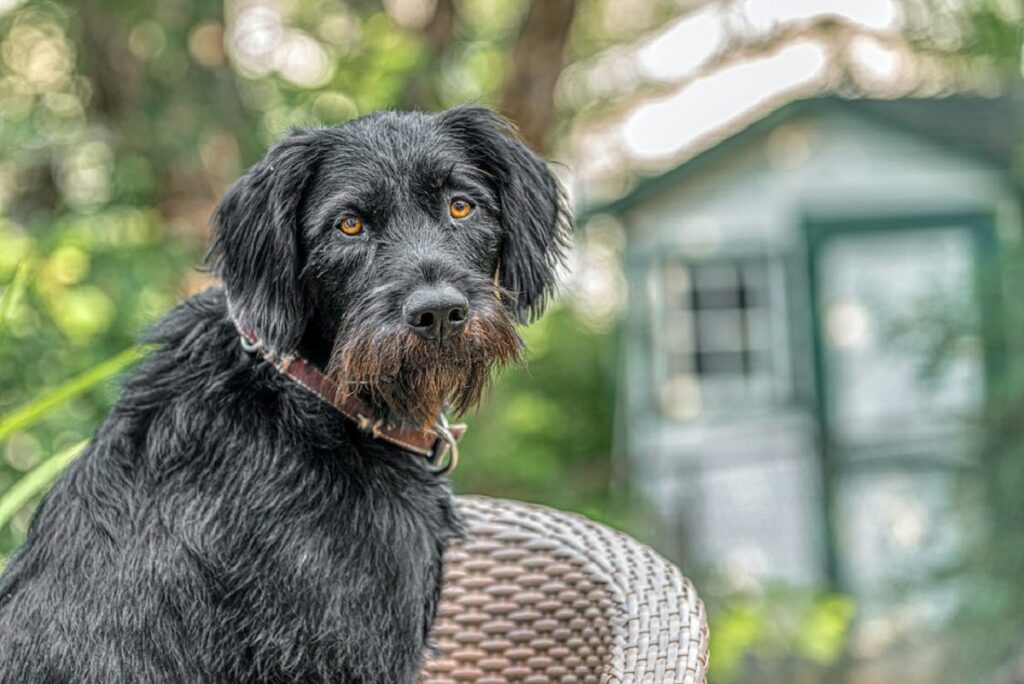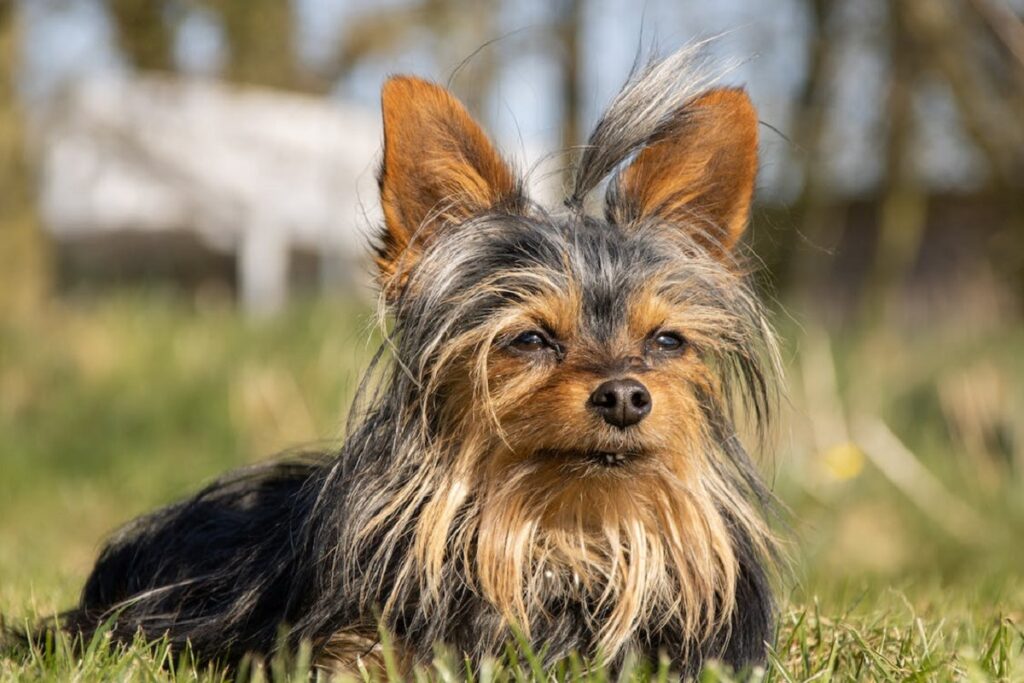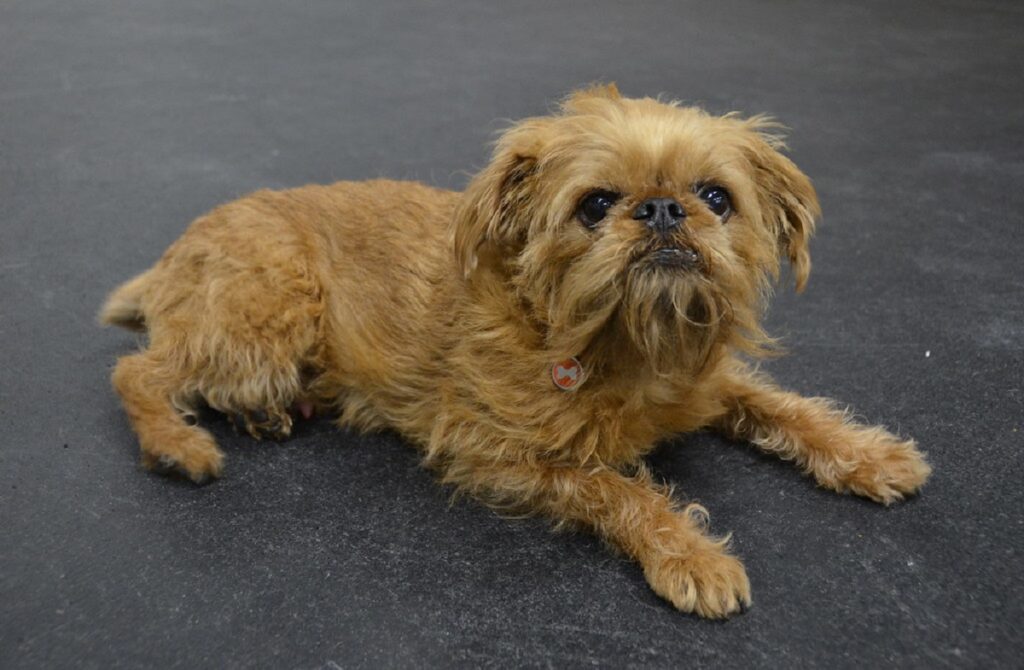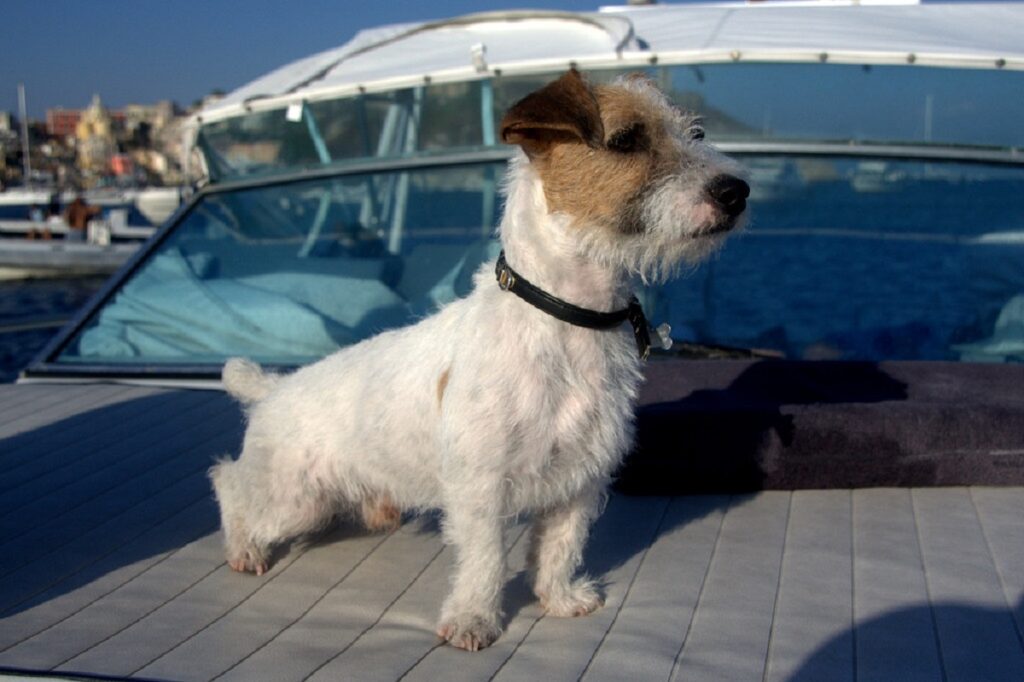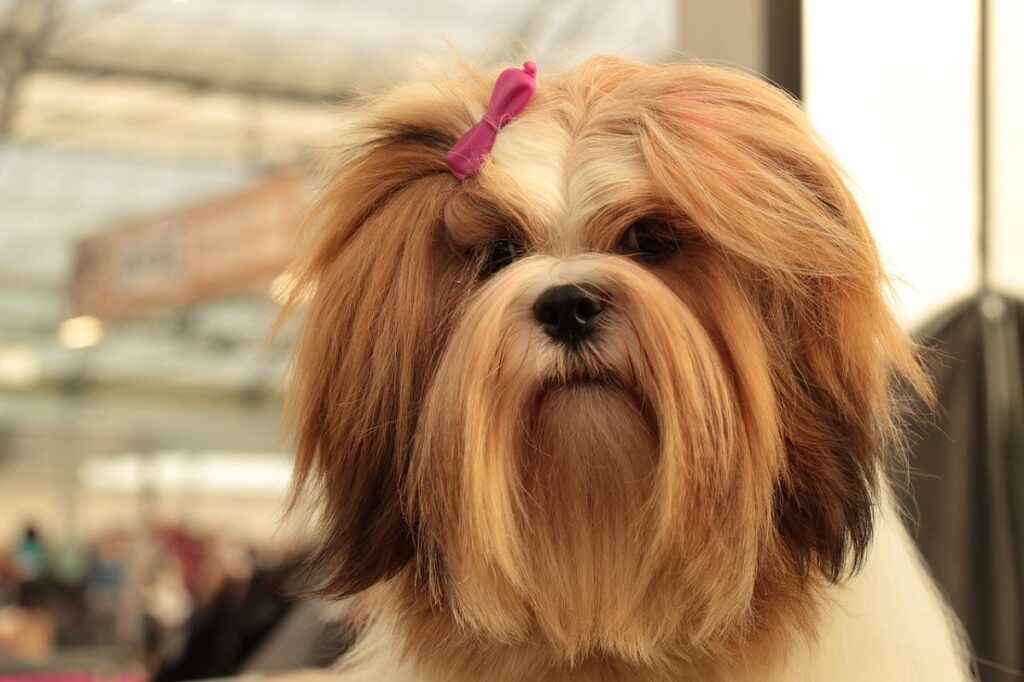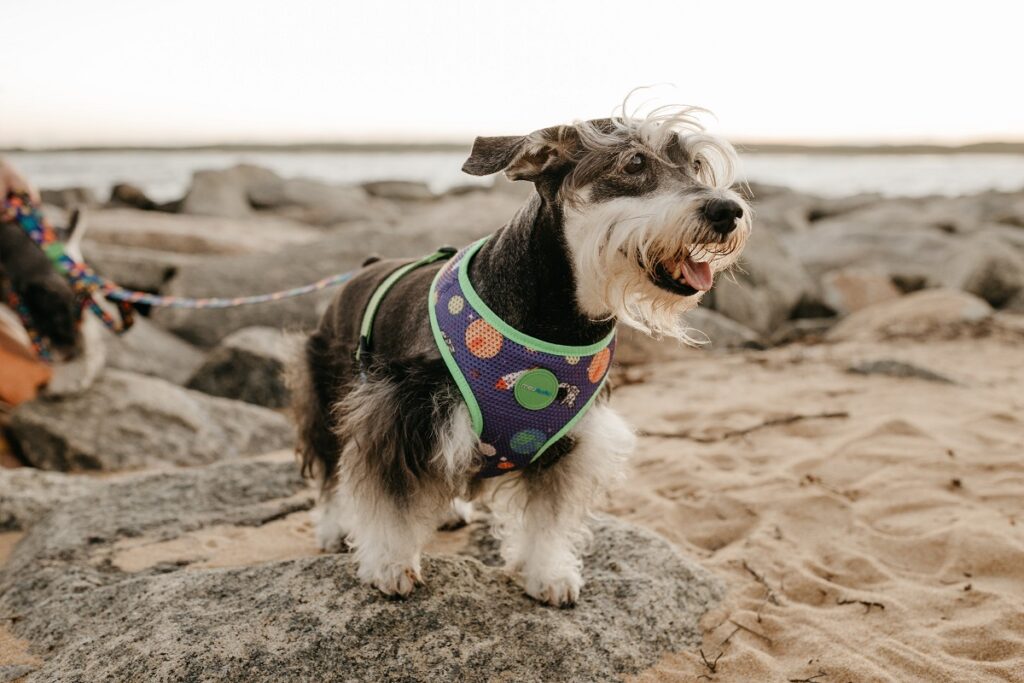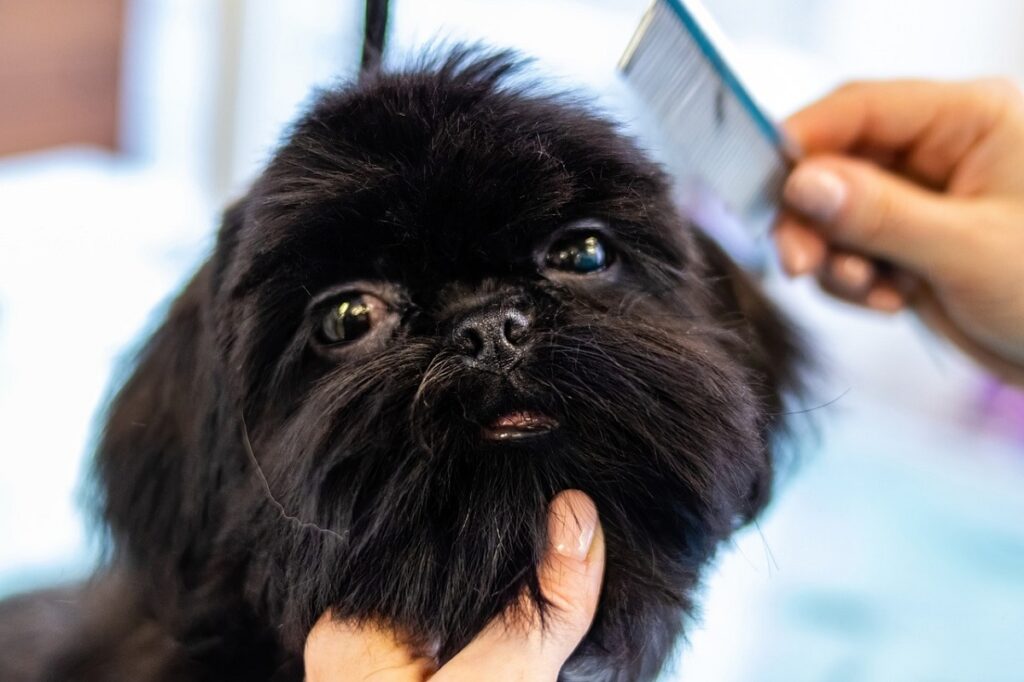Forget the perfectly coiffed poodle, some dogs embrace the scruffy life! From distinguished whiskers to full-blown beards, certain breeds sport fabulous facial furnishings that add to their unique charm. Whether you’re searching for a rugged mountain dog or a playful family companion, a beard can be a surprisingly important factor. Join us as we explore the top 9 best dog breeds with beards, celebrating their distinguished looks and exploring the personalities behind the whiskers. Get ready to fall in love with these furry-faced friends!
If you’ve ever seen a dog with a beard, you know all they need is a pair of spectacles and a wand to look like they’re in a Harry Potter movie. Schnauzers are obvious examples of dogs with beards, but there are more.
We have nine breeds to share with you who need to carry a mustache comb. But is there any other reason dogs have beards besides to look suave and debonair? There certainly is, and we’ll get into that.
Depending on your preference, extra hair on a dog’s face can be kept trim and tidy or grow to the floor. Literally, all of these breeds are intelligent, affectionate, and adorable, so sit back and let us do the work. We’ll take you into the world of our (very) furry friends.
Dogs With Beards
Bred to hunt small prey (mice, rodents, small mammals), bearded dogs were bred that way to protect their muzzles from thorns, branches, and animal bites. Yes, that gorgeous hair actually had a purpose.
As the years, decades, and centuries passed, some of these little dogs started to be coiffed for conformation (dog) shows. Participants needed the most tidy animals to priss and prance around the ring, and beards were and are one of the areas to be shaped. Scissors and clippers definitely get a workout on dogs with beards.
Let’s talk about some of those breeds.
1. Bearded Collie
| Height | 20”-22” |
| Weight | Weight: 45-55 lbs. |
| Colors | Black, blue, brown, fawn |
| Physical features | Shaggy double coat, long silky hair, lean and angular body |
The bearded collie is aptly named. It’s also its own breed. There are two types of other “regular” collies:
- Rough collie (full-coated and more well-known than the smooth type.)
- Smooth collie (sleek)
These handsome dogs hail from Scotland. The bearded collie was bred for sheep herding. They’re excellent with children, other dogs, and even strangers. Their long, glorious hair needs extra attention, so expect to get to know your groomer, who can shape their beards to your heart’s content.
Although they still work on farms, they’re also companion animals and love to be with their human families. They’re athletic and intelligent and, as such, need to be exercised well daily in the form of a long walk, jog, or hike. And they’re quite vocal. (You need to be to herd a bunch of animals.)
They also enjoy participating in canine sports such as rally, herding, agility, and obedience competitions. You’ll have a lot of dog with a lot of energy, so they would thrive more with an experienced canine guardian.
This breed can be stubborn and independent, often herding flocks on their own or in a small group, so be sure they have consistent training and early socialization to know the rules, boundaries, and limitations.
Bearded collies can look a lot like the Old English sheepdog and are often confused with the breed. One thing’s for sure – Their beauty shines even brighter with those lustrous beards.
2. Airedale Terrier
| Height | 23” |
| Weight | 50-70 lbs. |
| Colors | Black and tan, grizzle and tan |
| Physical features | Short, medium-length, wiry, double coats, rectangular head, broad muzzle, erect ears, curled tail |
The Airedale terrier looks like a distinguished professor with its bold head and plentiful beard. Developed in the 19th century to be water-retrieving hunting dogs, this breed comes from England and was named for a specific area there.
Several types of terriers were used to develop the Airedale, and they’re the biggest dog breed of all terrier breeds. Excellent watchdogs with typical terrier tenacity; they’re very protective of their human families.
They need some time to become accustomed to strangers, other dogs, and children but are still family-oriented. If you train them early and socialize them with other animals, situations, and people, you’ll have the perfect dog.
During WWII, Airedales were heroes working for the Brits as messengers, guards, and sentry dogs. They love to have a job, so outfitting them with weighted vests or actually giving them a small-ish load to carry in a vest (water bottles, phones, and the like) will thrill them.
They’ve been bred to have strong prey drives, so you may not want to have pet mice or rabbits. They’re also tremendous swimmers. Geez. What can’t they do?
3. Scottish Terrier
| Height | 10” |
| Weight | 18-22 lbs. |
| Colors | Black, black brindle, brindle, red brindle, silver brindle, wheaten |
| Physical features | Wiry medium-length double coats, compact, short legs |
This breed, which looks like they have beards all over their bodies, is affectionate and can be stubborn. They need to know who’s head of the pack in your home and will need consistent training to remind them.
Although they’d love to let loose in the backyard, playing tug-of-war with them isn’t suggested since they’re not sure when to quit and could become a bit aggressive with the game.
They have a lot of energy, physically and mentally, and need daily walks. Puzzle games are also the perfect way to stimulate their minds. They were developed to hunt rats, badgers, and foxes in the Scottish Highlands, and at one time, all terriers from Scotland were called Scottish terriers.
You’ll have an excellent watchdog in this breed (they’re vocal and alert), and they’re adaptable, meaning they can do well living in an apartment just as well as in a farmhouse. This bearded beauty is perfection covered in hair.
4. German Wirehaired Pointer
| Height | 22”-26” |
| Weight | 50-70 lbs. |
| Colors | Liver (brown-ish), liver and white, black and white |
| Physical features | Wiry medium-length double coats, sturdy bodies, muscular, flop/drop ears |
The GWP’s beard is noticeable and some even have a mustache you could practically curl. Their close relative is the German shorthaired pointer. Their endurance is through the roof, so they don’t tire easily as they’re bred that way for the hunt. Showing their versatility, some are bred for/as:
- Horseback field trials
- Hunting tests
- Companion animals
- Conformation (dog shows/competitions)
The GWP’s wiry hair protects them from thorny underbrush and inclement weather while hunting and swimming in cold water, much like other breeds on this list. Pointers are bred to hunt waterfowl and upland game.
Called the “Drahthaar” (DROT-har) in Germany, the breed came to America with German immigrants and US servicemen. The GWP was first recognized by the American Kennel Club (AKC) in 1959.
They’re people-pleasers and make terrific family dogs, although they need to be introduced to young children at an early age. Note: Always supervise dogs and kids.
To top off all their talents, this dog is a real beauty.
5. Yorkshire Terrier
| Height | 7”-8” |
| Weight | 7 lbs. |
| Colors | Blue and gold, blue and tan, black and tan, black and gold |
| Physical features | Long, glossy, silky, single coat, erect ears, black nose |
These little guys are spunky, and although they’re in the AKC’s “Toy” breed group, they were ratters in mines and mills long before they became the prized arm candy of Victorian ladies.
Yorkies will be on the lookout for anything amiss when they’re at home and will alert you to it. They would like to live on your lap but do need daily exercise like short brisk walks and playtime outside to burn off energy. (You don’t want a wired-up Yorkie on your hands.)
Yorkshire terriers are often crowd favorites at conformation shows with their tiny presence and long flowing hair. They have big personalities and strut their stuff around the ring.
They’re courageous, loyal, and affectionate with family members but usually need time to warm up to others. Socializing them early (from puppyhood) will help acclimate them to different people and situations.
6. Brussels Griffons
| Height | 7”-10” |
| Weight | 8-10 lbs. |
| Colors | Beige, black, black and tan, red, brown, tan, wheaten, blue |
| Physical features | Wiry, medium-length, smooth or rough double coats, pushed-in face with large eyes |
Most importantly, the Brussels Griffon is brachycephalic and should be kept inside an air-conditioned area as much as possible. These dogs have flat faces and have a difficult time with heat and humidity.
According to the AKC, “Their black muzzle and whiskers earned them the nickname ‘bearded dogs’ in old folk songs.” In the 17th century, the griffon was developed in Belgium to be a ratcatcher in stables.
They quickly became favorites of the upper class as lap dogs. By the late 1800s, this breed was shown in conformation shows and gained enormous popularity.
The griffon wants to be wherever you are, so get accustomed to having a shadow. Be careful as you move around so you don’t inadvertently step on them. Having a dog “on your heels” can be tricky.
7. Wirehaired Jack Russell
| Height | 10”-14” |
| Weight | 10-17 lbs. |
| Colors | White with brown, tan, or black patches; Tri-color |
| Physical features | Ears fold forward, black nose, long or short legs, 3 coat types |
We can thank Reverend John (Jack) Russell from England, who, in the early 19th century, developed this breed. He wanted a fox hunter who could even burrow underground and was brave, athletic, and smart. (Suffice it to say, Jack Russells aren’t so good with cats.)
There are long-legged and short-legged types of this breed with the latter being called the English Jack Russell terrier. There are also three types of coat: Smooth – a short, thin layer of fur; Rough – a thick, rough double coat of shaggy hair; Broken – A mixture of both.
Three words to describe this terrier would be busy, busy, busy. They’re energetic and need to stay on the move. If you’re a runner or hiker, you’d make the perfect guardian for this breed.
Apartment living wouldn’t be the ideal home for the traditional Jack Russell terrier since they have so much energy and tend to bark a lot.
8. Lhasa Apso
| Height | 9”-11” |
| Weight | 12-18 lbs. |
| Colors | 13 possible colors or color combinations |
| Physical features | Ears hang down, curled tail over the back, long hair |
Like the Yorkshire terrier, this bearded dog breed has silky, flowing hair that’s sometimes tied up on top of its head to stay out of the eyes. This breed is also brachycephalic and needs to be watched carefully so as not to overheat.
Unlike the Jack Russell, this dog can chill out more often. They have medium energy but still need to run around outside daily.
Here are some things they can do:
- Scent work
- Agility competitions
- Retrieve
- Work as therapy dogs
Their name stems from Chinese words loosely translated to mean “lion.” (Lhasa is Tibet’s sacred city.) This breed was used to guard monasteries, temples, and homes and was seen as being symbols of good luck. Yes, they’re small, but they’re loud.
Lhasa Apsos are also known as the Tibetan Apso. According to the AKC, these dogs were given as gifts by the Fourteenth Dalai Lama in the 1940s, which helped establish the breed in America.
9. Miniature Schnauzer
| Height | 12”-14” |
| Weight | 11-20 lbs. |
| Colors | Black, black and silver, salt and pepper |
| Physical features | Stiff wiry coat, square-proportioned, ears flop over midway down, sturdy bodies |
Talk about a beard – The schnauzer could make Abraham Lincoln jealous. Between their harsh eyebrows and their beards, they look like a grouchy grandpa. But their cuteness factor makes everything gel well.
There are also Standard and Giant schnauzers. The American Miniature Schnauzer Club says that all three sizes are classified as “working dogs” in Europe and other countries, but in the US, the miniature is in the “Terrier” group.
The German word for muzzle is “schnauze.” They used the breed as a drover’s dog, guard dog, sheep herder, and ratter.
The schnauzer’s unique physical traits and even temperament have made this canine a formidable show dog and competitor and a wonderful companion animal. They’ve been bred for almost 120 years and since 1925 in America. The miniature schnauzer was first recognized by the AKC in 1926.
Grooming Needs of Bearded Dogs
Since bearded dogs can look like ragamuffins if their beards aren’t kept clean and clipped, it’s really worth taking them to a groomer once a month. Dogs with wavy hair and that are low shedding have the toughest time with the extra hair on their chins. They can become tangled and full of debris, saliva, and food.
If you groom them yourself, be gentle since facial hair, their chin, and lips are sensitive areas. Also, use the proper tools:
- Comb
- Bristle brush/pin brush
- De-matter
- Wipes
- Baking soda to absorb dirt
Some dogs are performance/show dogs, so groomers will certainly come into the mix to keep a long beard silky and smooth or a short one clean and neat.
FAQs
Why Do Some Dogs Have Beards?
Beards were/are bred into some dogs to protect their face from thorns and underbrush as they hunt.
What Kind of Dog Has Long Hair on the Face?
- Hunting/Sporting
- Conformation/Show dogs
- Companion animals
Which Breed of Dog Has a Beard?
There are many, including Yorkshire terriers, Jack Russells, Lhasa Apsos, schnauzers, and bearded collies.
Conclusion
We hope you know more about bearded dog breeds than you ever have and have decided to adopt one. And if you’re fortunate enough to have a bearded wonder and take care of it properly, you’ll have a dog with a beard that will put Santa Claus to shame.
Ultimately, the “best” bearded dog breed depends entirely on individual lifestyles and preferences. While a majestic Komondor might suit a spacious farm, a compact Brussels Griffon could thrive in a city apartment. Beyond aesthetics, consider grooming needs, temperament, and exercise requirements. Researching these bearded breeds thoroughly will ensure a harmonious partnership, and ultimately, a happy and well-adjusted canine companion with a dash of distinguished charm.

